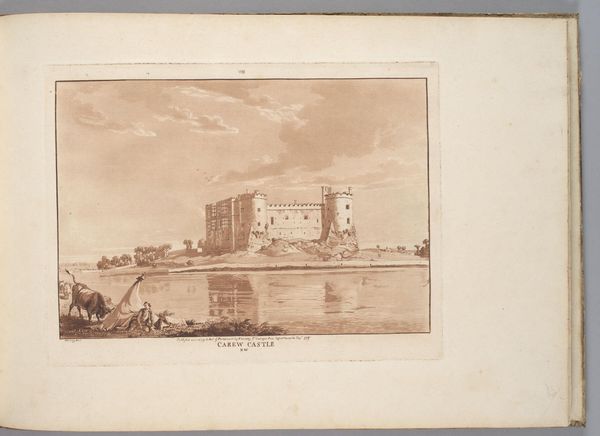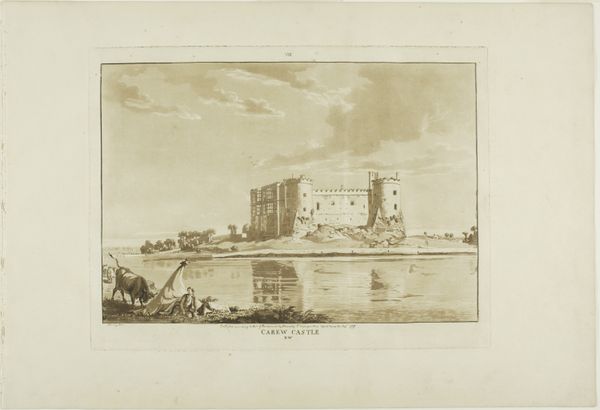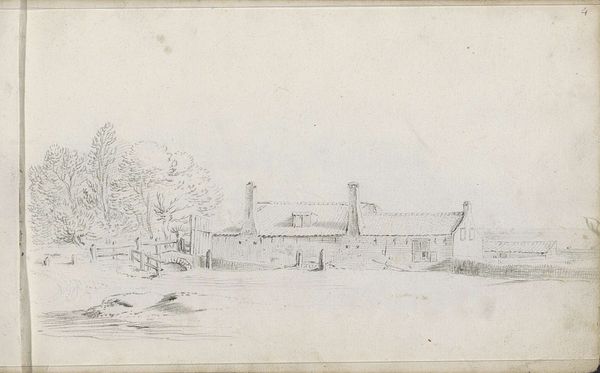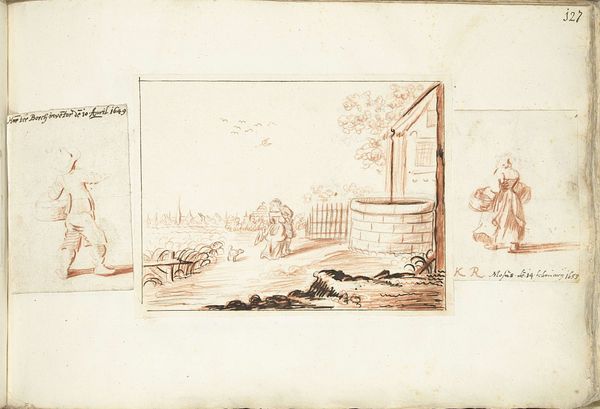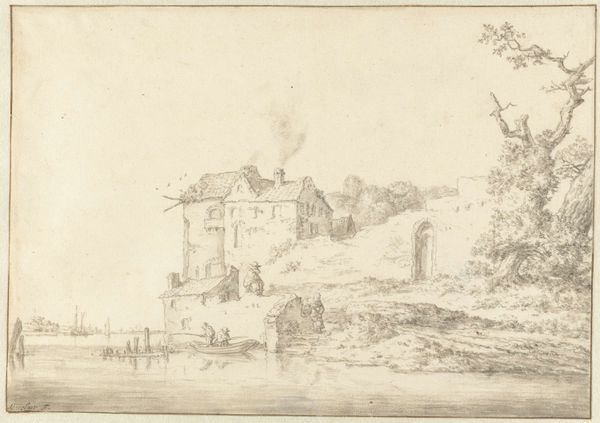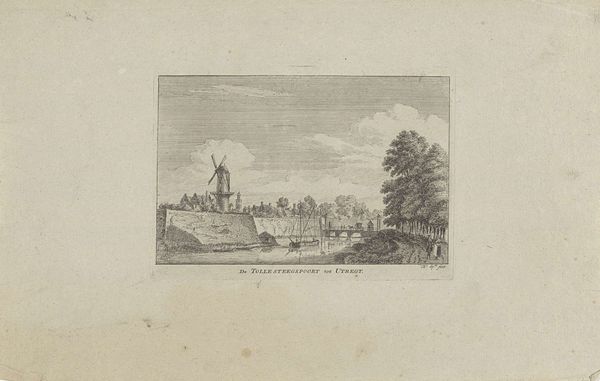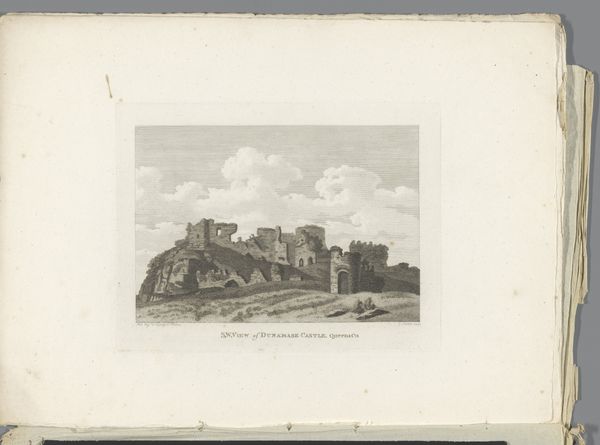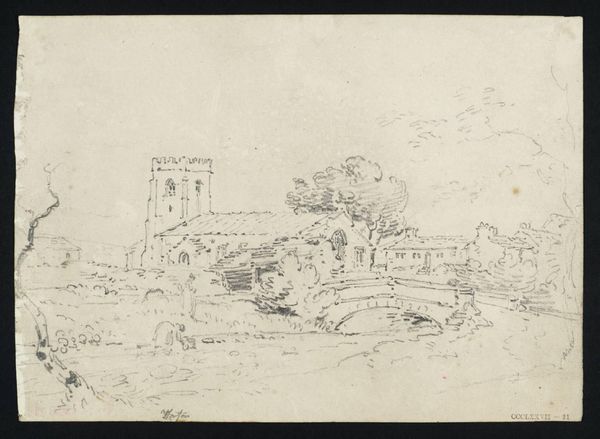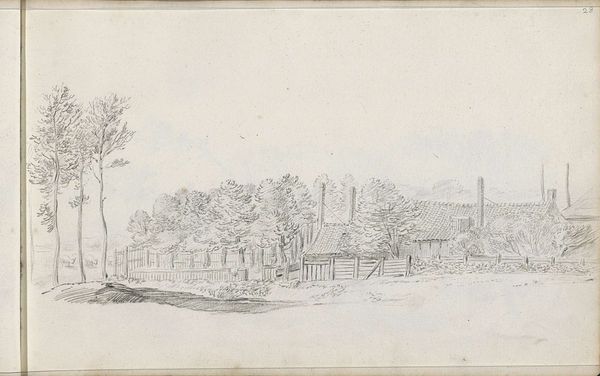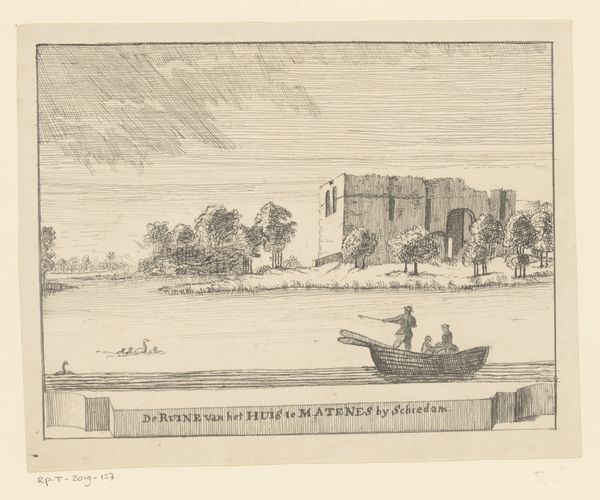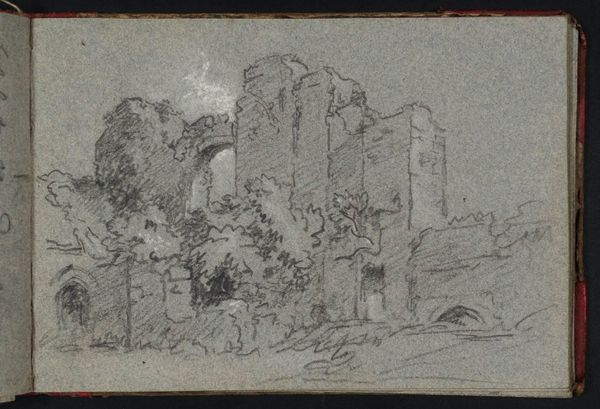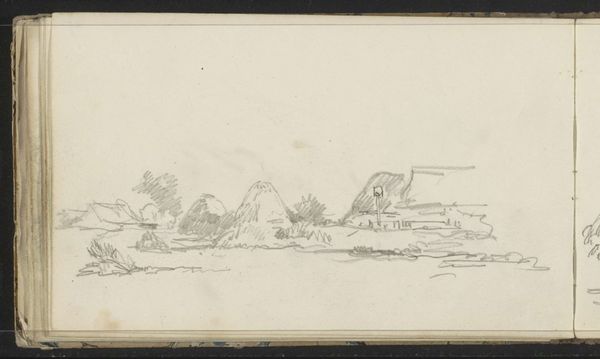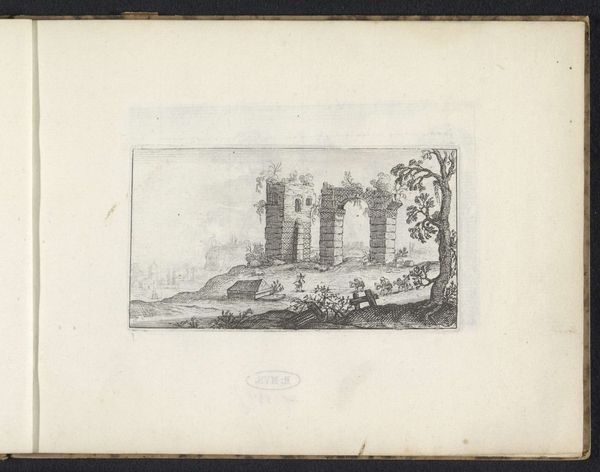
Ruïne van Huis te Riviere, ook wel Huis Mathenesse, te Schiedam 1731 - 1732
0:00
0:00
abrahamdeiihaen
Rijksmuseum
drawing, paper, ink
#
drawing
#
baroque
#
landscape
#
paper
#
ink
#
cityscape
Copyright: Rijks Museum: Open Domain
Abraham de Haen the Second, made this drawing of the Ruïne van Huis te Riviere, or Huis Mathenesse, in Schiedam. The Dutch Golden Age in the 17th century saw a flourishing of art, trade, and science, establishing the Dutch Republic as a major European power. But by the 18th century, when De Haen made this sketch, that power was in decline, and the country was riven with factionalism. This image may be understood in light of that decline. The decaying castle suggests lost glory, and the once-powerful families that lived in such places were losing their grip. Was this image a conservative lament or a progressive critique? In order to answer that question, it would be worth examining the artist's own social position, as well as the political leanings of those who commissioned or bought his work. Such research helps us better understand the complex relationship between art and its social context.
Comments
No comments
Be the first to comment and join the conversation on the ultimate creative platform.
